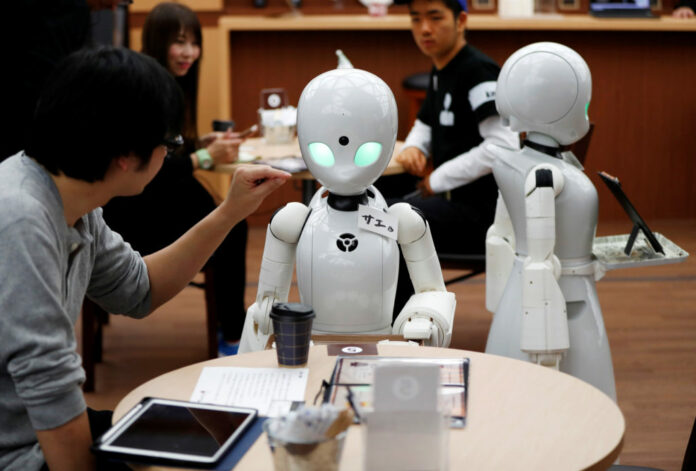A small drone takes inspect by a spaced filled with cylindrical board standing that acts as a tree, people, or building.
The algorithm controlling the drone has been done on a thousand simulated obstacle programs, even though it has never seen someone like this. Even so, the pint-sized plane avoids 9 out of 10 obstacles on its way. This experiment is a testing area for a hurdle in modern robotics as the ability to guarantee the safety and success of automated robots operating in environments. As engineers are progressively turning to ML methods to make adaptable robots, recent work by researchers of Princeton University advances such guarantees for robots in the situation with various types of obstacles and constraints.
Anirudha Majumdar, an assistant professor of mechanical and aerospace engineering at Princeton commented that there’s been a huge amount of excitement and progress around Machine Learning (ML) in the context of robotics because it can handle sensory inputs like that from a robot’s camera and maps those complex inputs to actions.
Machine learning-based robot control algorithms run the risk of overfitting to their training data, which will make the algorithm less effective when they encounter not trained data. Majumdar’s Intelligent Robot Motion Lab examines that by creating the set of available tools for training robot control methods as well as quantifying the probable success and safety of robots performing in environments.
In the three new work, the researchers adapted ML frameworks from other areas to the sector of manipulation and locomotion of robots. They turned to generalization theory, which is mostly used in a situation that maps a single input onto a single output. The new methods are among the first to apply generalization theory to the more complex task of providing guarantees for a robot’s performance in unknown environments. While other approaches have provided such guarantees under more restrictive assumptions as commented by Majumdar.
In the first work of applying the machine learning frameworks, the researcher tested their approach by including a wheeled vehicle driving through an obstacle-filled space and a robotic arm grasping objects on a table. They also check the technique by evaluating the obstacle escape of a small drone called a Parrot Swing, it flew d of own a 60-foot-long corridor dotted with cardboard cylinders. As per the observation avoided obstacles are trials and The guaranteed success rate of the drone’s control policy was 88.4%. When applying machine learning techniques from other areas to robotics there should be assumptions needed to be satisfied, how similar the environment expecting to see are to the environments policy was trained as said by Farid.
In the study, the legged robot achieved an 80 percent success on unseen test environments. The researchers are working to improve their policies guarantees and evaluating the policies performance on real robots in the laboratory.

